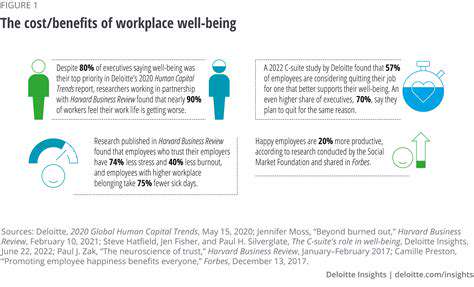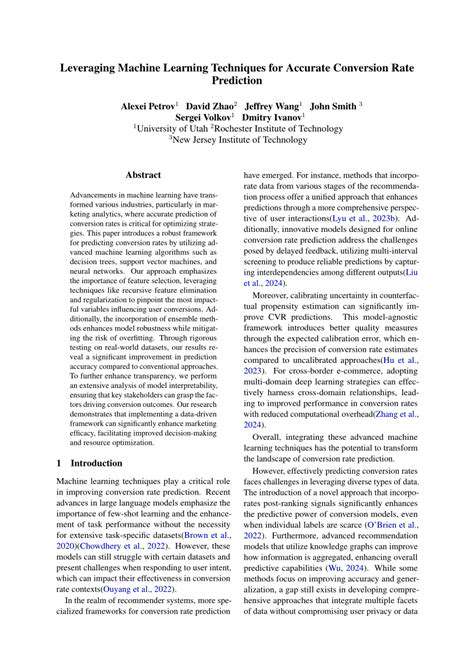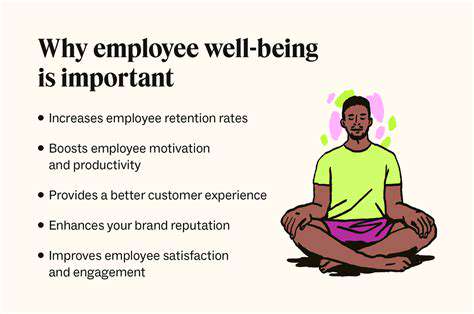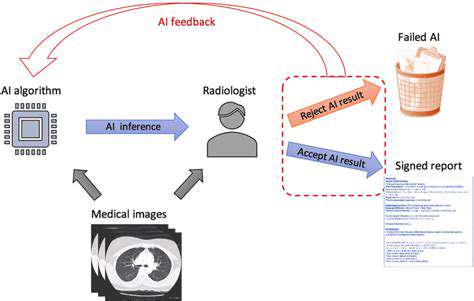Predictive Analytics for Talent Acquisition and Retention
Improving Candidate Sourcing and Screening
Predictive analytics can significantly enhance talent acquisition by optimizing candidate sourcing strategies. By analyzing historical data on successful hires, companies can identify patterns and preferences in ideal candidates. This allows for more targeted outreach, focusing on individuals with the skills and backgrounds most likely to succeed in the role. This targeted approach saves time and resources by reducing the volume of unqualified applications, allowing recruiters to focus on the most promising candidates.
Furthermore, predictive models can be used to assess candidates' potential for success. Instead of relying solely on resumes and interviews, these models can evaluate personality traits, work styles, and other factors that contribute to job performance. This more comprehensive evaluation process can lead to better hires, resulting in higher retention rates and a more productive workforce.
Enhancing Hiring Manager Insights
Predictive analytics empowers hiring managers with data-driven insights into candidate suitability. By analyzing historical data, these systems can identify key traits and characteristics associated with successful employees in similar roles. This allows hiring managers to make more informed decisions, focusing on candidates who align best with the company culture and demonstrate the greatest potential for success.
The insights gained through predictive analytics can also help hiring managers anticipate future skill gaps and proactively seek out candidates with those skills. This proactive approach helps ensure a pipeline of qualified talent, promoting long-term growth and success for the organization.
Predicting Employee Turnover
One of the most valuable applications of predictive analytics in talent management is the ability to forecast employee turnover. By analyzing factors such as employee tenure, performance reviews, engagement levels, and compensation data, companies can identify patterns that indicate a higher likelihood of an employee leaving. This early identification allows HR departments to intervene and implement strategies to retain high-performing employees.
Personalizing Onboarding and Development
Predictive analytics can also personalize the onboarding experience for new hires. By understanding the individual needs and preferences of each new employee, companies can tailor onboarding programs to maximize their engagement and productivity. This personalized approach leads to a more positive experience and a faster integration into the company culture.
Furthermore, predictive models can identify employees at risk of underperformance or skill gaps. This allows for early intervention, providing targeted development opportunities and support to help employees reach their full potential. This proactive approach fosters employee growth and contributes to a more engaged and productive workforce.
Optimizing Compensation and Benefits
Predictive analytics can be used to optimize compensation and benefits strategies. By analyzing industry benchmarks, employee performance data, and market trends, companies can determine competitive compensation packages that attract and retain top talent. This data-driven approach ensures that compensation is fair and aligned with market value, reducing the risk of employee dissatisfaction and turnover.
Predictive models can also be employed to evaluate the effectiveness of different benefits programs. This analysis allows companies to identify which benefits are most valued by employees and allocate resources accordingly, maximizing the return on investment for their benefits programs.
Measuring the ROI of Talent Management Initiatives
Predictive analytics enables a more robust understanding of the return on investment (ROI) for various talent management initiatives. By tracking key metrics like employee engagement, retention rates, and performance levels, companies can assess the effectiveness of different strategies and programs. This data-driven approach enables continuous improvement and optimization of talent management practices.
This analysis also identifies areas where talent management initiatives can be adjusted and improved. This ongoing evaluation allows companies to adapt their strategies in response to changing market conditions, employee needs, and organizational goals.












